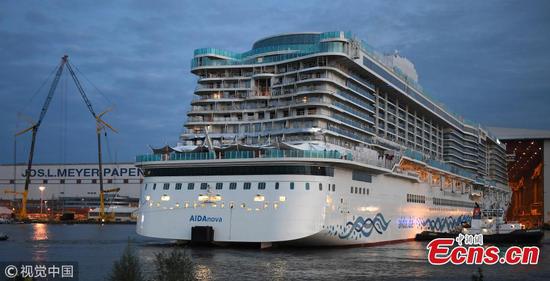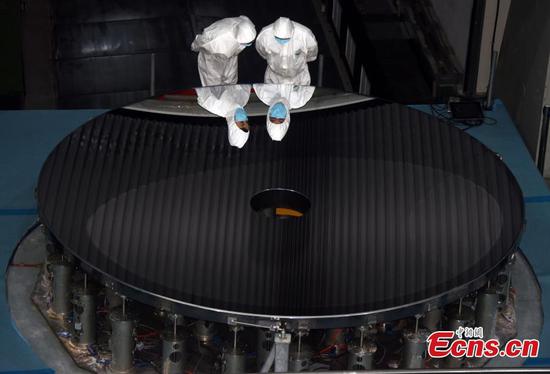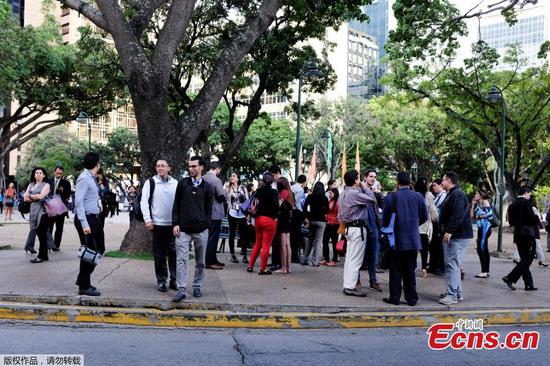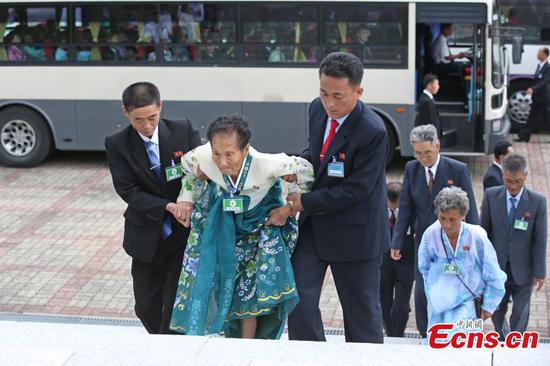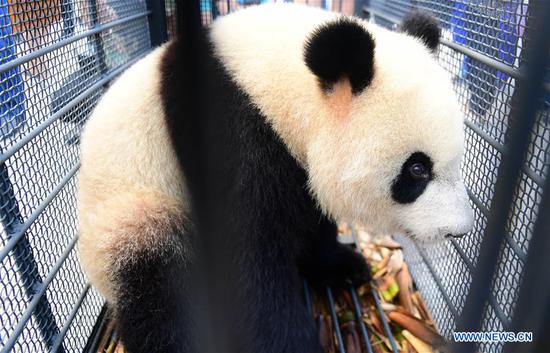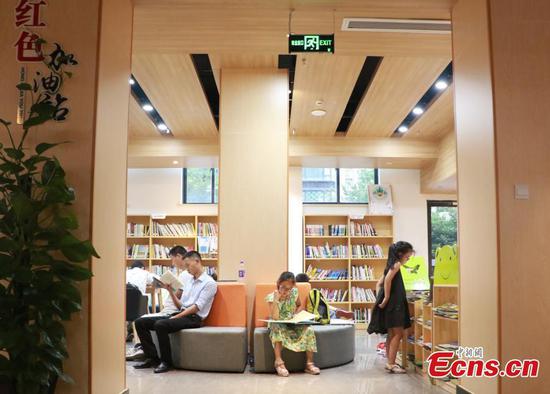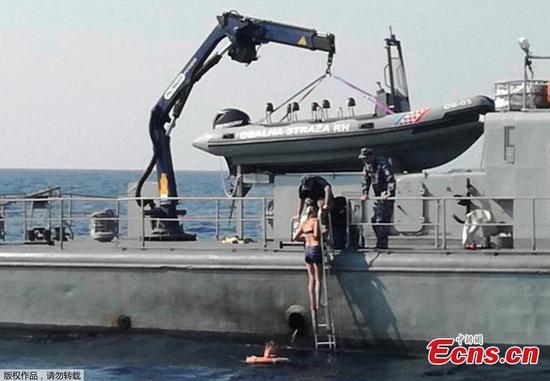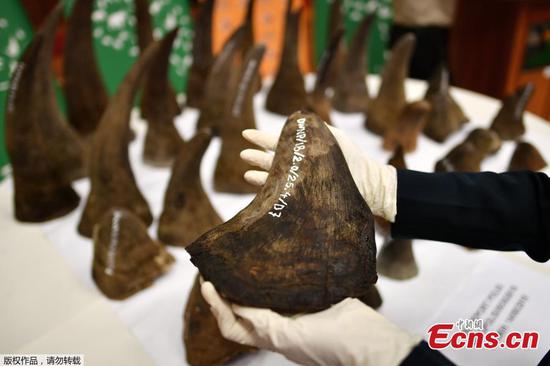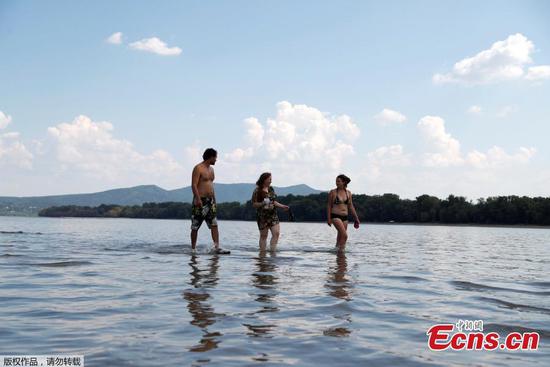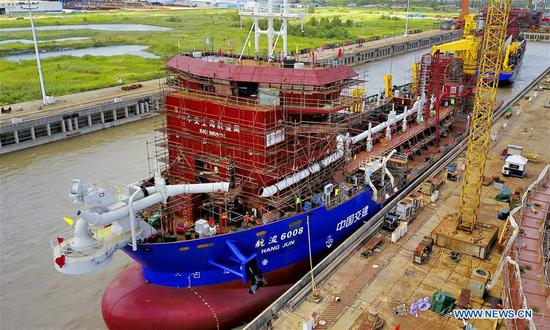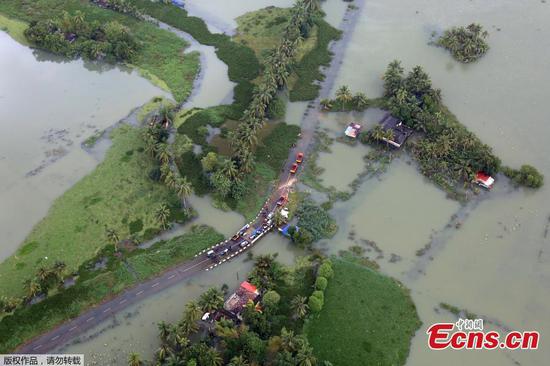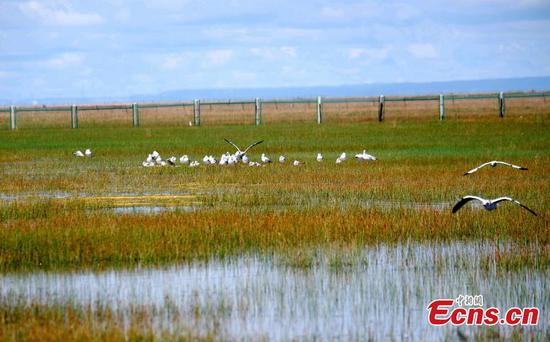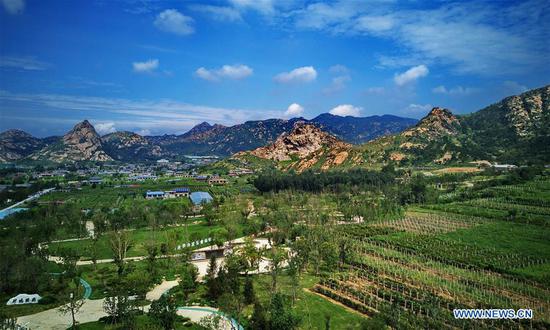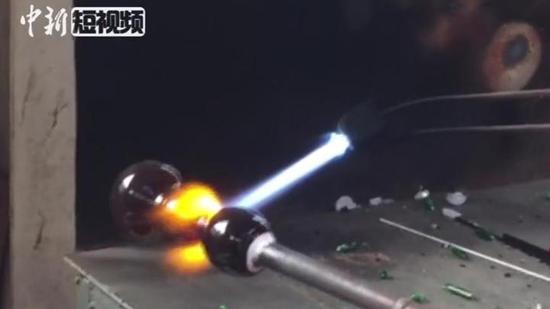China's northern coastal city of Tianjin aims to reduce its PM2.5 level by over 16 percent by 2020 from the level in 2017.
Tianjian, a neighbor of Beijing and also a victim of smog, hopes to cut the average concentration of PM2.5 to 52 micrograms per cubic meter in 2020, compared with 62 micrograms per cubic meter recorded last year, according to a three-year work plan published by the municipal government on Monday.
PM2.5, which refers to airborne particles smaller than 2.5 micrometers in diameter, poses a serious health risk.
The city aims to replace rural families' use of coal for heating with clean energy, as well as cap its annual coal consumption at 40 million tonnes in 2020.
In addition, the city will reduce the annual production capacity of crude steel by 6.9 million tonnes from 2018 to 2020 and limit the annual production capacity of steel at 20 million tonnes.
Meanwhile, Tianjin will increase the number of new energy vehicles by 20,000 a year from 2018 to 2020, raising the ratio of new energy vehicles to 4.5 percent in 2020.
From January to July, the average PM2.5 level in 28 Chinese cities that are prone to air pollution, including Beijing and Tianjin, declined by 13.9 percent year on year, according to the Ministry of Ecology and Environment.









